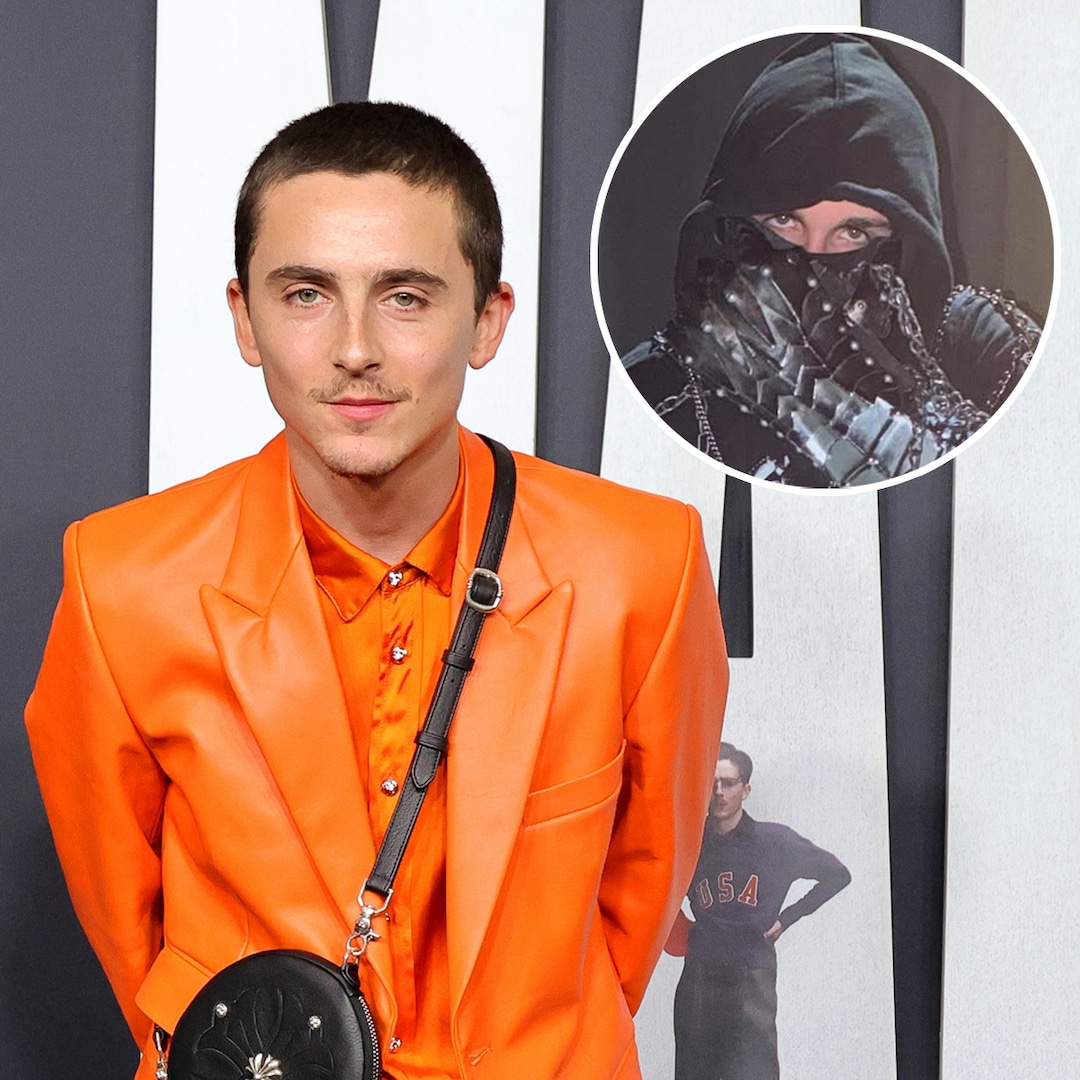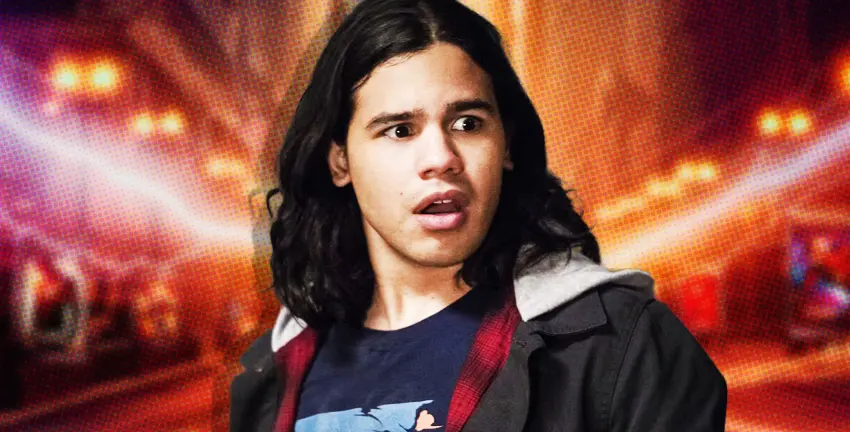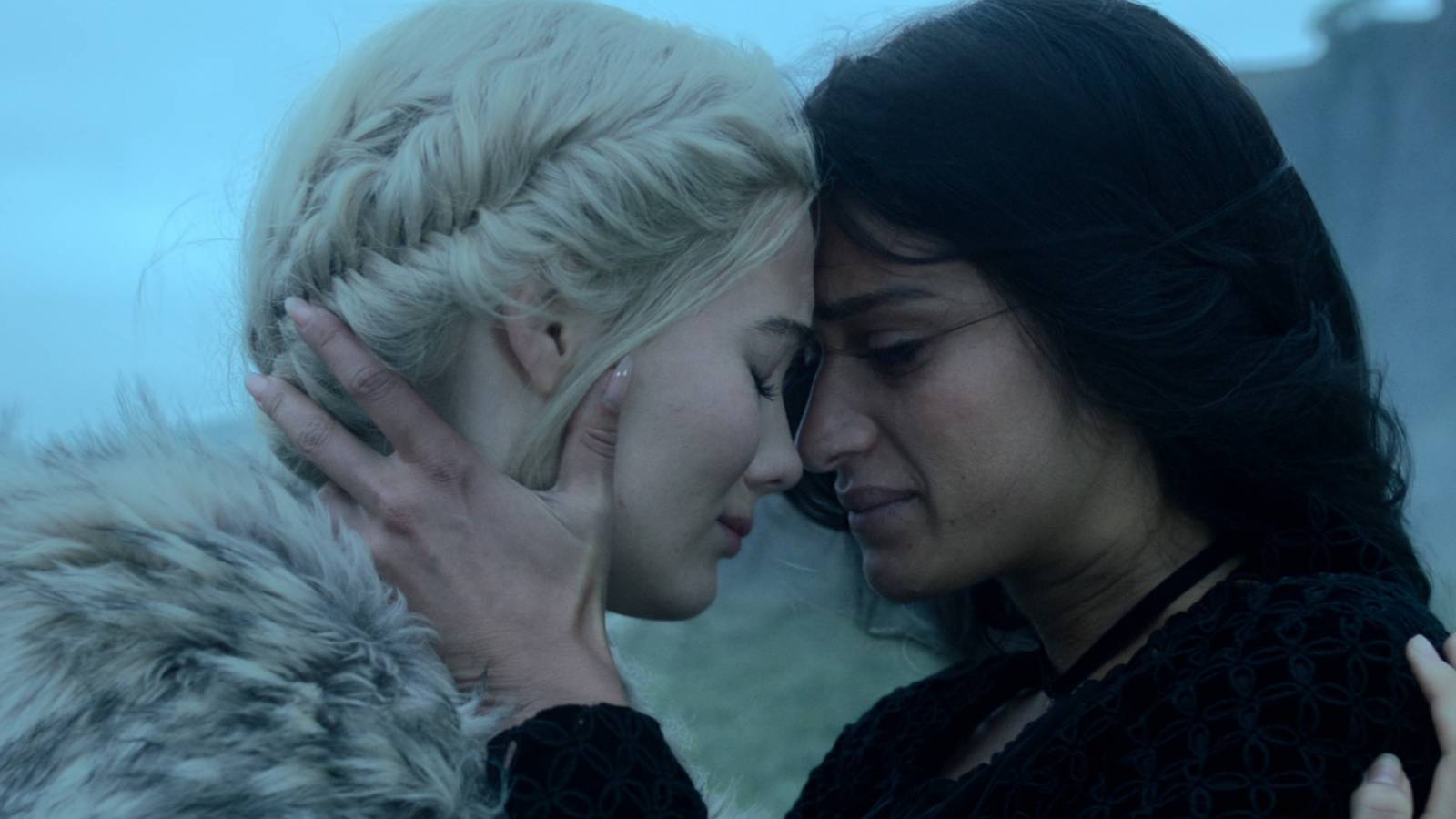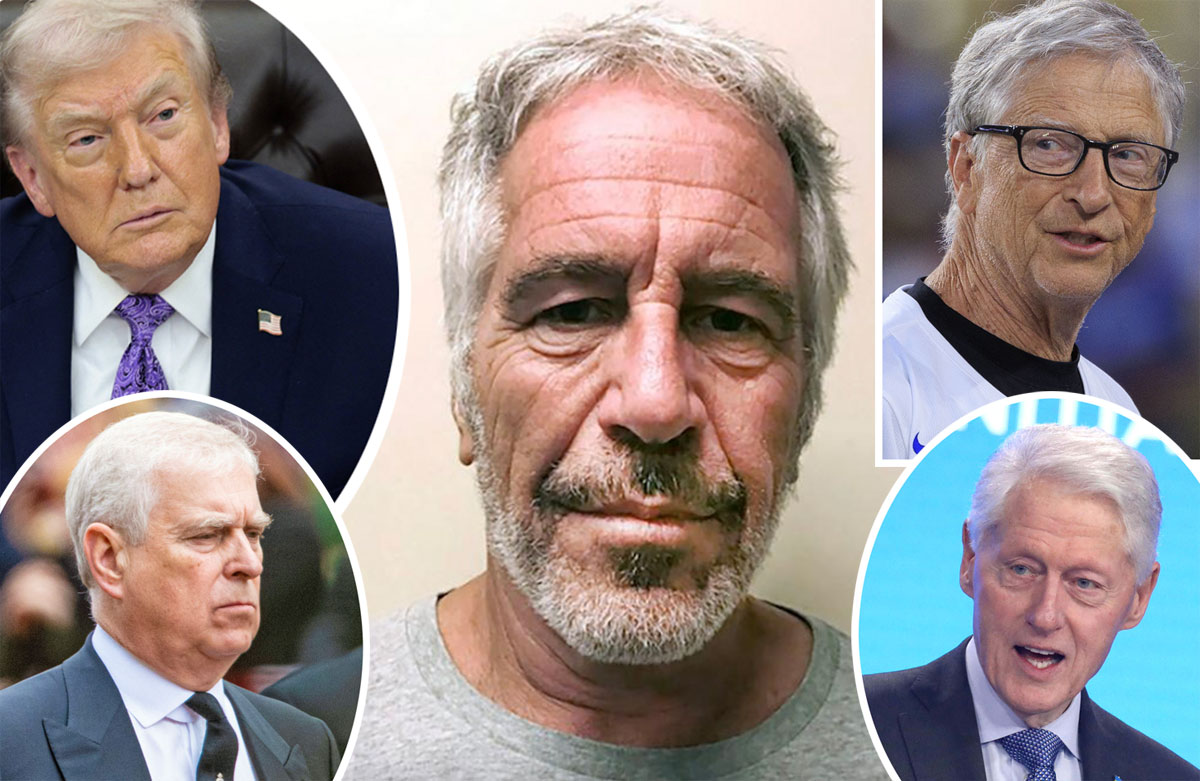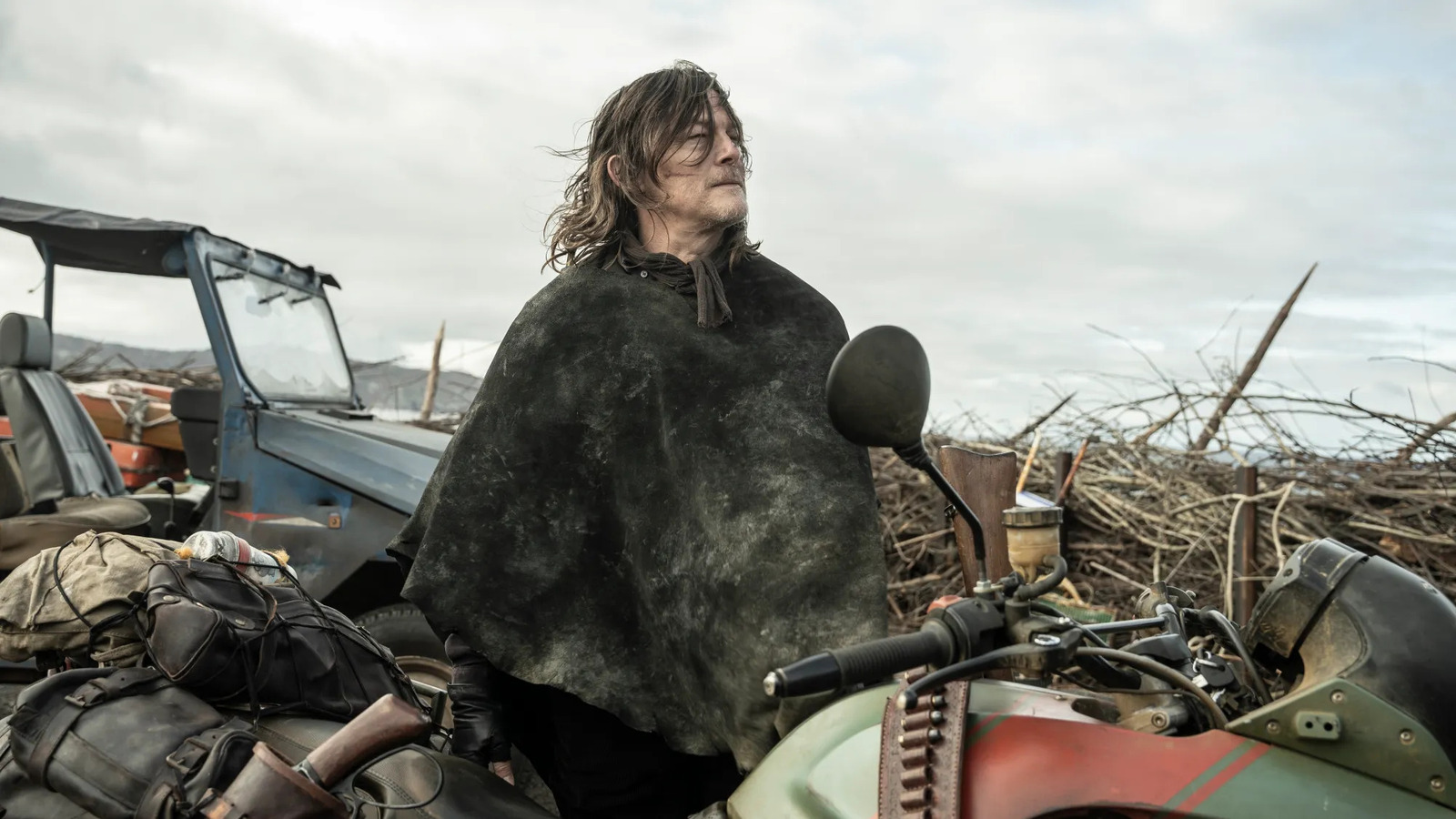This is the first installment of Yahoo’s exclusive three-part series chronicling the previously untold true story of Jamie Adler and the extraordinary, family-shattering and most assuredly illegal measures he took to get his brother and Guns N’ Roses drummer Steven Adler off heroin.
Part 1: Growing up Guns N’ Roses
Part 2: An infamous GNR firing and the tumultuous aftermath
Part 3: The kidnapping of Steve Adler
Jamie Adler had no choice. He ran out of options. He felt beyond desperate. He was certain his brother was going to die. The doctors at a Las Vegas hospital were telling him as much.
His brother had been battling a debilitating heroin addiction for 30 years. The smack brought about countless trips to rehab. It put him in the hospital. He’d almost died. It destroyed his career.
That’s when Jamie took matters into his own hands.
On March 22, 2007, Jamie orchestrated a kidnapping. He had his brother picked up, drugged to sleep and transported across state lines to Los Angeles, where Jamie imprisoned him against his will for 30 days — that’s multiple felonies for those keeping score — all in a Hail Mary to finally force his older sibling off the drugs that were killing him.
Ultimately, Jamie’s actions would destroy his relationship with his famous brother, Steven Adler, the drummer who helped launch one of the most successful rock bands of all time, Guns N’ Roses. But today, Jamie is just glad Steven is still alive to resent him for it.
Part 1: Growing up Guns N’ Roses
“I’ve got stories for f***ing days,” Jamie Adler says with an air of braggadocio. He watched Axl Rose and Kurt Cobain’s notorious fight at the 1992 VMA Awards from steps away. He rescued Randy Castillo’s snare drum from a looter as 600 rabid Ozzy Osbourne fans rushed the stage in Irvine. He saw Sam Kinison overdose at a celebrity baseball game. All by the time Jamie was 17.
This particular story, however, is about him and Steven Adler.
It’s one about brotherly love. It’s about hero worship. It’s about sex, drugs and rock ‘n’ roll. It’s about addiction, and the devastating effects of it on both the diseased and their family. It’s about heartbreak. It’s about the dark side of fame. It’s about devotion. It’s about all these things at once.
As a kid growing up in Los Angeles’s San Fernando Valley, Jamie lived out a movie-script fantasy. He was Patrick Fugit in Almost Famous with a bloodline. In junior high, he watched his older brother, his idol, the guy with the long blond locks, blue eyes and that unmistakable smile, become one of the biggest rock stars on the planet.
“I was just so proud of my brother, he was my hero,” Jamie, 47, tells us by Zoom from Sydney, Australia, where he has lived with his wife and three children since 2017. A veteran booking agent who has worked with Snoop Dogg, Ice Cube, Rakim, Ghostface Killah, Raekwon, among others, Jamie speaks with both the swagger of a showbiz powerbroker and the humility of a man who has been through the grinder, found God and moved halfway around the world to escape his demons.
The Adlers were a middle-class Jewish-American family in Canoga Park in the 1980s, who, like many Valley families, came from somewhere else. They hailed from Cleveland, where Jamie’s mother, Deanna, had two sons, Kenny and Michael, with two different fathers. After splitting from Michael’s father, Deanna moved the family to L.A., where she married another Cleveland transplant, Melvin Adler, who adopted 10-year-old Kenny and 7-year-old Michael, who was renamed Steven. Three years later Jamie arrived.
“My father was a real street guy, he lived this crazy life,” Jamie says. “He would always tell me stories about Cleveland. … His friends being blown up in cars or murdered. I was like, ‘No way this is all true.’” (As an adult, Jamie was stunned by the release of the 2011 film Kill the Irishman, starring Vincent D’Onofrio, Val Kilmer and Christopher Walken: the crime thriller depicted many of his dad’s outrageous tales.) Melvin, Jamie says, was even present when future famed boxing promoter Don King shot and killed the man attempting to rob King’s gambling operation in 1954. In L.A., Melvin started at Southern Pacific Railroad but then continued as a bookie (“I was 12, 13 years old, answering phones and taking bets for him,” Jamie says) while Deanna worked as a waitress at the famed Jewish eatery Brent’s Deli in Northridge for 30 years.
Growing up, Jamie often felt like an only child. His half-brothers were both largely out of the house. Kenny (who now works in security) was 13 years older; Steven, who got in trouble so much as a teen that Melvin and Deanna sent him to live with his grandparents in Hollywood for long stretches, had a decade on Jamie. “He was always this wild, crazy guy,” Jamie says. “Never believed in rules. … He’d just stay out all hours of the night, partying and getting wasted. But my brother in my eyes could do no wrong. Whenever I saw him, he would give me the biggest hug.” Steven eventually moved back to the Valley for high school but never graduated — he was taken far more with drumming than studying.
“They’re gonna be the biggest band in the world.”
During one of those stints with his grandparents in Hollywood, Steven befriended Saul Hudson, a guitar-slinging classmate in junior high. Later, in their late teens, Steven and Hudson, who would eventually adopt the stage name Slash, shared a grungy apartment near the Guitar Center in Hollywood. Deanna would drop off food and toiletries, Jamie in tow, as Steven and Slash tried to launch their band, Road Crew, with bassist Duff McKagan. While Road Crew fizzled, the trio was recruited by Axl Rose into his newly minted Guns N’ Roses — formed from the bones of the singer’s previous bands, L.A. Guns and Hollywood Roses — along with rhythm guitarist Izzy Stradlin. A year later in 1986, after honing their deafening chops at Sunset Strip staples like Whiskey a Go Go and The Roxy, they signed to Geffen Records. Jamie couldn’t attend the group’s very first show at the 21+ Madam Wong’s East in Chinatown; but he was there for the second, at the Troubadour, as a fifth grader. “I’m walking around these shows at the Roxy and the Rainbow Room,” Jamie recalls, “and there’s girls with high heels and their boobs popping out, and I’m 10 years old.”
The band recorded their debut album, Appetite for Destruction, at Rumbo Recorders in Canoga Park, the same studio responsible for rock classics like Survivor’s Eye of the Tiger and REO Speedwagon’s Wheels Are Turnin’ — just two blocks from the Adler home and next door to the baseball card shop where Jamie worked at as a preteen. Jamie became a GNR mascot of sorts, pressing his face against the glass of the recording booth during sessions and visiting their houses. But there was one place that he feared to tread — Slash’s bathroom, where the guitarist kept his snakes in the bathtub. “I was petrified of snakes,” Jamie says.
Jamie showed up for his first day at Lawrence Junior High School in Chatsworth wearing a hand-painted Guns N’ Roses jean jacket custom-made for him by Axl’s mother, Sharon. Almost immediately, another kid asked, “What in the world is Guns N’ Roses?” “It’s my brother’s band,” Jamie responded. “They’re gonna be the biggest band in the world.” His schoolmate was incredulous: “Yeah, right.”
Within a year Guns N’ Roses fulfilled little Jamie’s prophecy. Quietly released on July 21, 1987, Appetite for Destruction gradually found a fanbase through word of mouth, local radio airplay and the eventual national breakthrough of the singles “Welcome to the Jungle,” “Sweet Child o’ Mine” and “Paradise City.” It would sell 30 million copies, still the benchmark for the best-selling debut album of all time, ranking as one of the top 10 albums ever. GNR “toured their f***ing asses off” promoting Appetite, as Slash would say. Between June 19, 1987 and April 7, 1990, over the course of 16 months and eight legs, the band played a staggering 176 shows — while dropping a second album, 1988’s abbreviated G N’ R Lies, right in the thick of it.
Jamie, meanwhile, became the most popular kid at school. “I would open up my locker and have notes from secret admirers,” he gushes. Jamie, like a chip off the block, turned his newfound fame into a side-hustle: He printed hundreds of autographed photos of the band and sold them for $10-$15 a pop. One day, in eighth grade, word got out that Steven planned to pick Jamie up from school. The drummer arrived in a monster truck to 500 adoring preteens. He signed autographs. One girl fainted. “It was the coolest moment ever,” Jamie says. “I got to share my brother with all these kids.”
“But then by high school,” Jamie says wistfully a few moments later, “my brother got kicked out of Guns N’ Roses.”
Steven’s appetite for drugs had become so untenable it was threatening to bring about the band’s destruction.
“You never want to believe your brother’s in the bathroom for 30 minutes shooting heroin.”
Jamie remembers the precise moment that he learned his brother had a drug problem.
GNR’s manager, Doug Goldstein, called the Adler parents shortly after the band returned from San Francisco, where they filmed a cameo in The Dead Pool, Clint Eastwood’s final Dirty Harry movie, in December 1987. Goldstein came over for dinner and told them, “He’s doing heroin. Last week I had to throw him over my shoulders and run him from the hotel to the hospital ’cause he overdosed with some girl in his room.” (This is why Steven and Axl only appear in the funeral scene but not later alongside Slash and bandmates at the docks; Steven was in the hospital, and Axl was staying there with him.)
Goldstein assured the family the band was getting Steven help, and he was checked into rehab for the first time soon thereafter. The Adlers planned to visit Steven in Arizona, but he bolted the rehab clinic only a few days later. Says Jamie, “I have at least 30 other stories just like that.”
(Steven Adler did not respond to requests to be interviewed for this story. He wrote extensively about his addiction, however, in his 2010 autobiography, My Appetite for Destruction: Sex, and Drugs, and Guns N’ Roses, co-authored by Lawrence J. Spagnola.)
On the fifth leg of the Appetite for Destruction tour, as the band opened for Aerosmith, Steven spiraled into full-fledged cocaine and heroin abuse. “The guy was getting loaded, and we were in denial,” says Jamie. “’Cause you never want to believe that your brother’s in the bathroom for 30 minutes shooting heroin, or smoking heroin. But he’s doing it every couple hours, and you’re just watching TV. You don’t want to admit it.”
When GNR’s tour returned to Southern California in June 1988, Melvin and Deanna let Jamie skip school so that they could surprise Steven at his hotel before the band’s gig at the Irvine Meadows Amphitheatre in Orange County. “We show up, I’m so excited, I haven’t seen Steven in months,” Jamie recalls. “Steven comes to the door and just starts yelling at us. ‘What the f*** are you guys doing here?! Why the f*** would you come knocking at my door?!’ They’d been partying for days, and were high as f***. He’s just screaming at my parents, and I’m petrified.”
Says Deanna, now 81, through tears: “He’s a wonderful guy, my son. He’s kind and he’s generous. He’s a good guy. Everybody loves him, because that’s the type of person he is. But when he got onto drugs, he was a different person. He’s not my son. He’s this stranger.”
Part 1: Growing up Guns N’ Roses
Part 2: An infamous GNR firing and the tumultuous aftermath
Part 3: The kidnapping of Steve Adler

